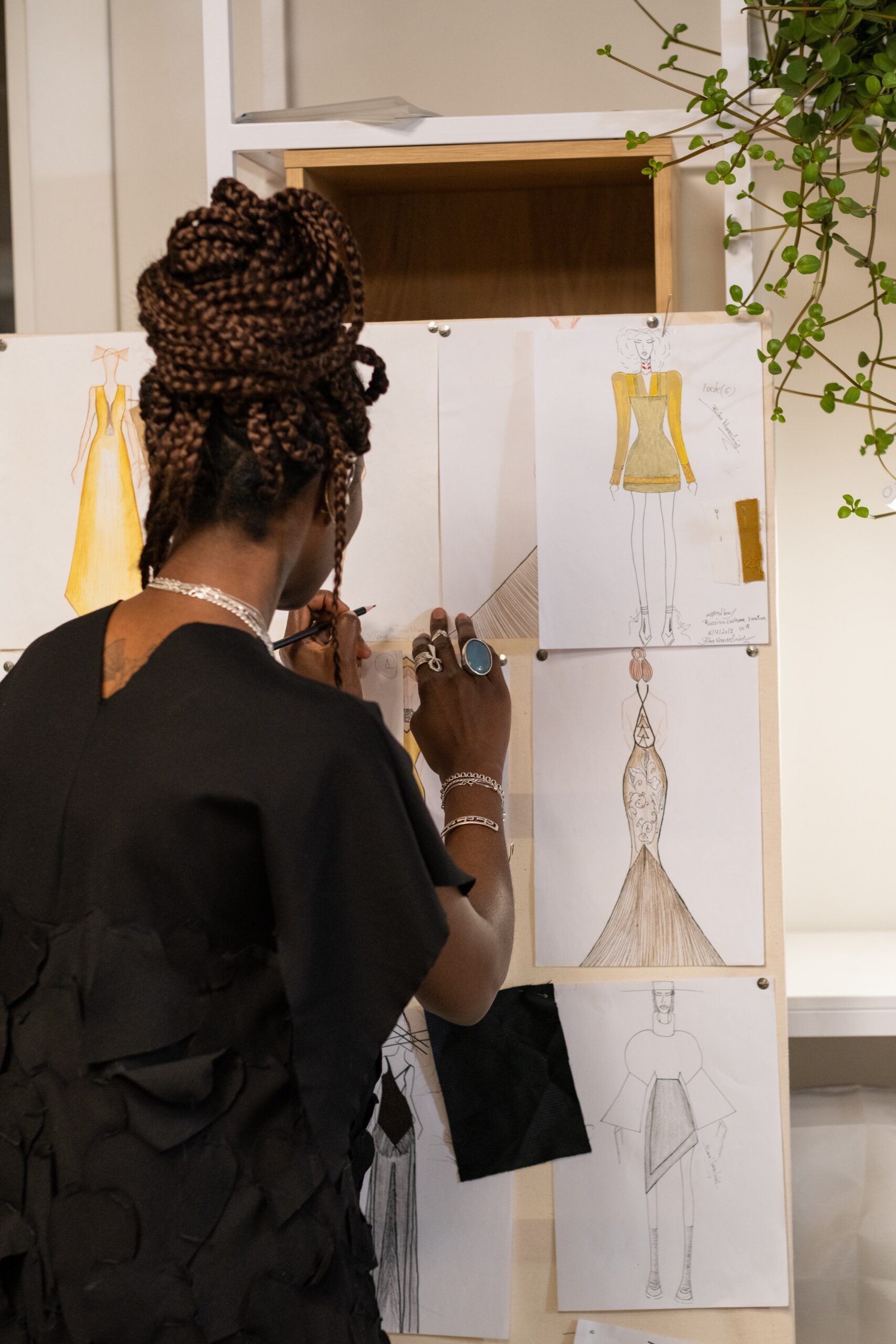For designers, fashion and retail firms, and customers, the metaverse offers limitless possibilities. The internet has changed in front of our eyes. What began with digital images of apes, kittens, and 8-bit faces has led to major changes that have the potential to change our lives in every way.
When we think of the internet these days, we think of Facebook, Google, Instagram, Twitter, Spotify, and a slew of other services. However, this does not depict how today’s digital environment is interacting with our evolving virtual realities (e.g., 3D game worlds) and augmented realities (e.g., interior decorating apps). We’ve been pulled into the display by these technologies — not literally, but it feels like it — and we’re perceiving reality in a whole new way.
Our senses have been deceived into new aural and visual sensations thanks to digital tools, and this could soon extend to other sensations like touch and taste. So, what word aptly represents the internet’s prospect? Is there a future with new social ties and sensory stimuli? You may have heard about it before. It’s all part of the metaverse.
Because defining the metaverse is so difficult, I’ll resort the Cathy Hackl’s explanation — after all, she is the “Godmother of the Metaverse.” “The internet bursting out from the rectangles in our hands, desks, and walls and being all around us,” Hackl describes it as a “further convergence of our physical and digital existence.”
Although metaverse may seem best equipped to service the game industry and IT giants — Facebook has already stated that it will convert from a social media company to a metaverse corporation, renaming as Meta — this isn’t exactly correct.
Any brand may enter the metaverse; as a commerce executive.
Even as the fashion business grows more ingrained in the metaverse, and younger generations spend more time there shopping, socializing, and playing, it is indeed vital for retailers and fashion firms to understand how to capitalize on the opportunities available.
- The Future of Shopping is Digital
Clothing became virtual when brands and major fashion events went virtual in reaction to the pandemic. I’m not only referring to merchants and premium companies finally prioritizing e-commerce, but it is an important step forward.
Customers can now digitally engage with every piece of apparel, rather than having to rely on their imaginations to imagine how a garment appears — and, more crucially, how it would look on them. They may look at a product from every angle. Rather than depending on a few photographs the firm published to the website, they may zoom in on even the tiniest detail. Customers can now virtually try on items by dragging one or more products over photographs of themselves.
- Merging Physical and Digital Fashion and Gaming
Fashion could be divided into two types when it enters the metaverse: hybrid physical-digital, where apparel can be donned in enhanced or virtual worlds, and wholly digital, where products are sold straight to the avatars.
Learning to combine the genuine as well as the imaginary will become a vital ability for fashion designers and brands as they migrate into the future. Likewise, because the digital design is likely to attract a flood of creative production, designers and companies must grasp how to reach their target audiences while understanding online technologies. And just now, the majority of these clients are playing video games.
- Virtual Influencers
When you’re scrolling through social media and come across an account advocating a product, there is a chance people you’re viewing aren’t even genuine – at least, not if “real” is defined as also being human. Virtual “people” are now taking the influencer scene to new heights.


















